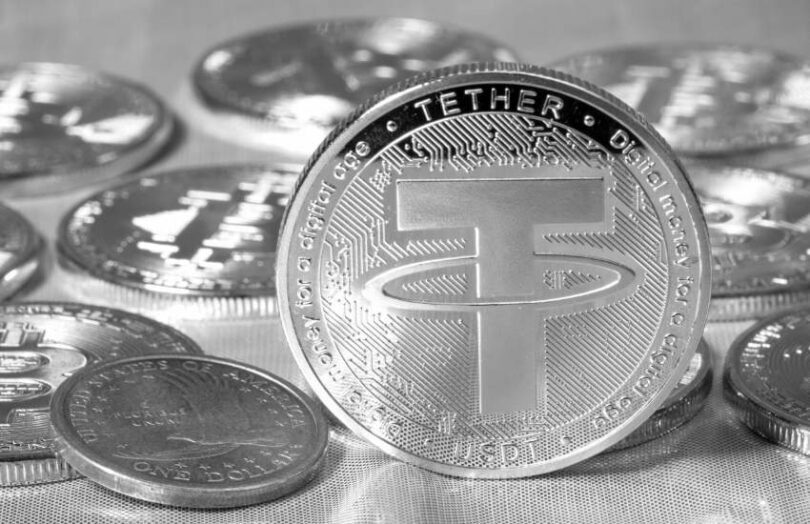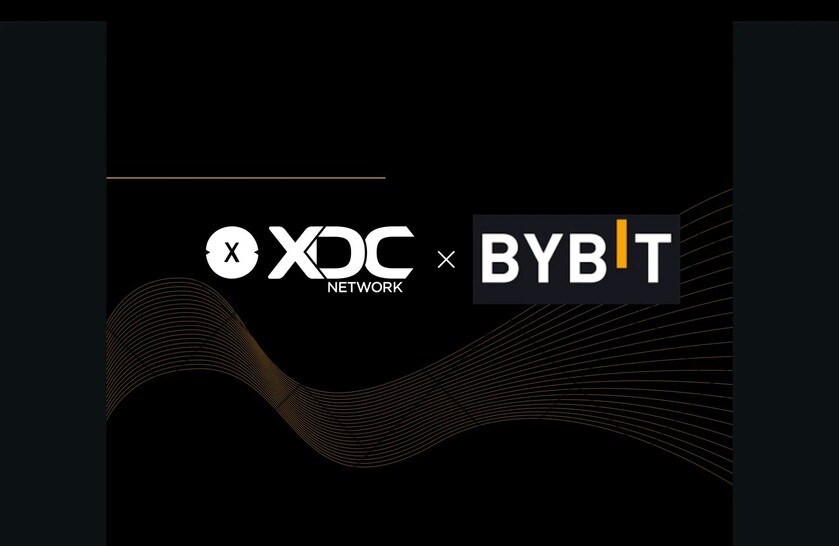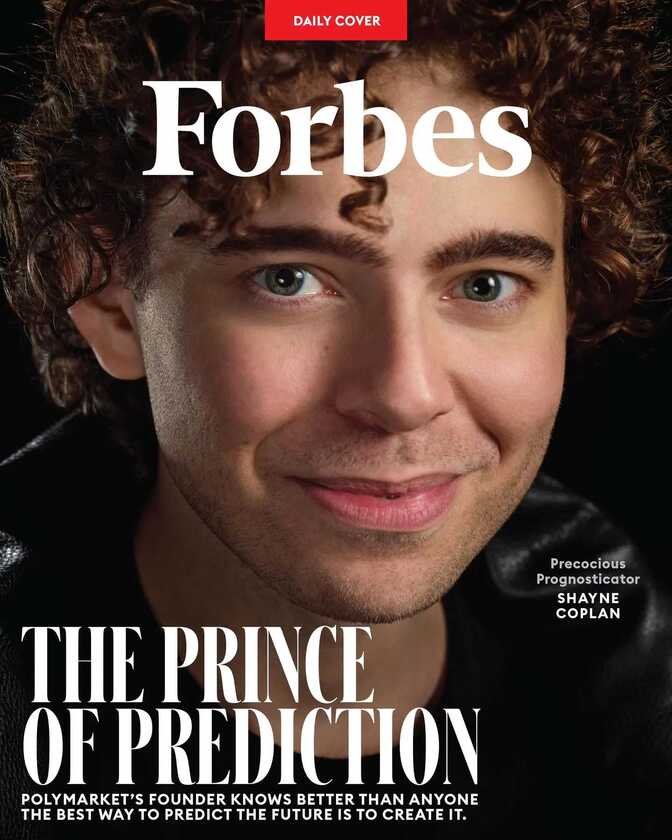On Friday Tether, known as the operator of the largest stablecoin, reported its investment division completed its first trade finance transaction in October. It involved providing finance for 670,000 barrels of Middle Eastern crude oil worth around $45 million.
The credit granted was from Tether Investments, a company with $7 billion in equity funded by the profits of the stablecoin firmanted . Hence, it does not involve the use of stablecoin reserves. However, the Tether stablecoin was used for the payment.
“With USDT, we’re bringing efficiency and speed to markets that have historically relied on slower, more costly payment structures,” said Paolo Ardoino, CEO of Tether.
“This transaction marks the beginning, as we look to support a broader range of commodities and industries, fostering greater inclusivity and innovation in global finance.”
Tether‘s main stablecoin has a current market capitalization of more than $124 billion.
Tether comes out of the shadows
For years there were doubts about whether the Tether stablecoin was fully backed. The company makes out that these concerns are unwarranted. However, the New York Attorney General found that Tether misrepresented the status of the stablecoin reserves during 2018 and 2019 and banned the stablecoin from the state as part of a settlement.
During that time, Tether lent $625 million of its reserves (around a third of the total) to sister company Bitfinex exchange, which would have been insolvent without the funds. With the subsequent Bitcoin rally, Bitfinex managed to recover.
However, since Tether recently became enormously profitable earning $7 billion during the first nine months of 2024, that breach of ethics and trust seems to have been forgotten.
In another positive piece of news for Tether, the co-head of Donald Trump’s transition team is Howard Lutnick, the CEO of Cantor Fitzgerald. And Cantor looks after the $100 billion plus in Treasuries and repos that form part of Tether’s stablecoin reserves, making it an important client.




























